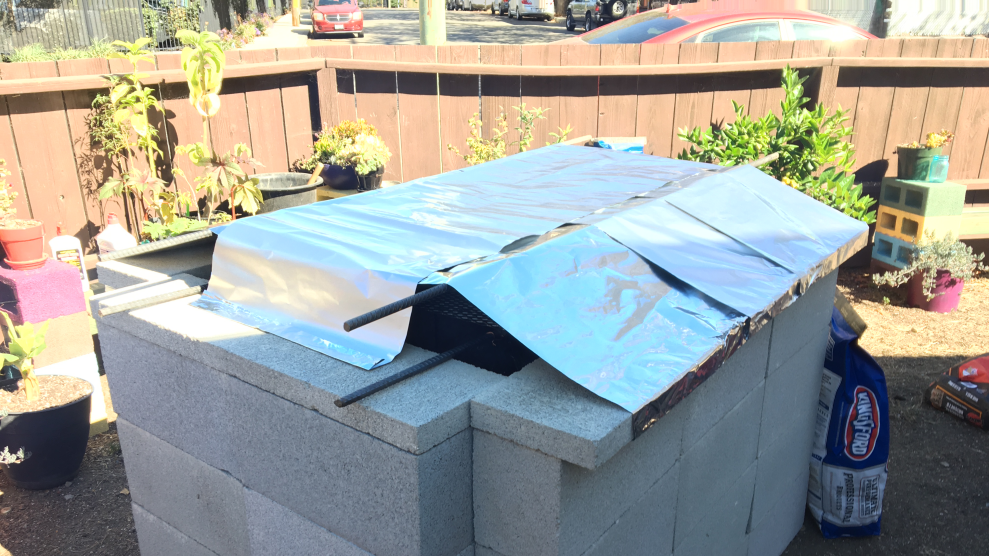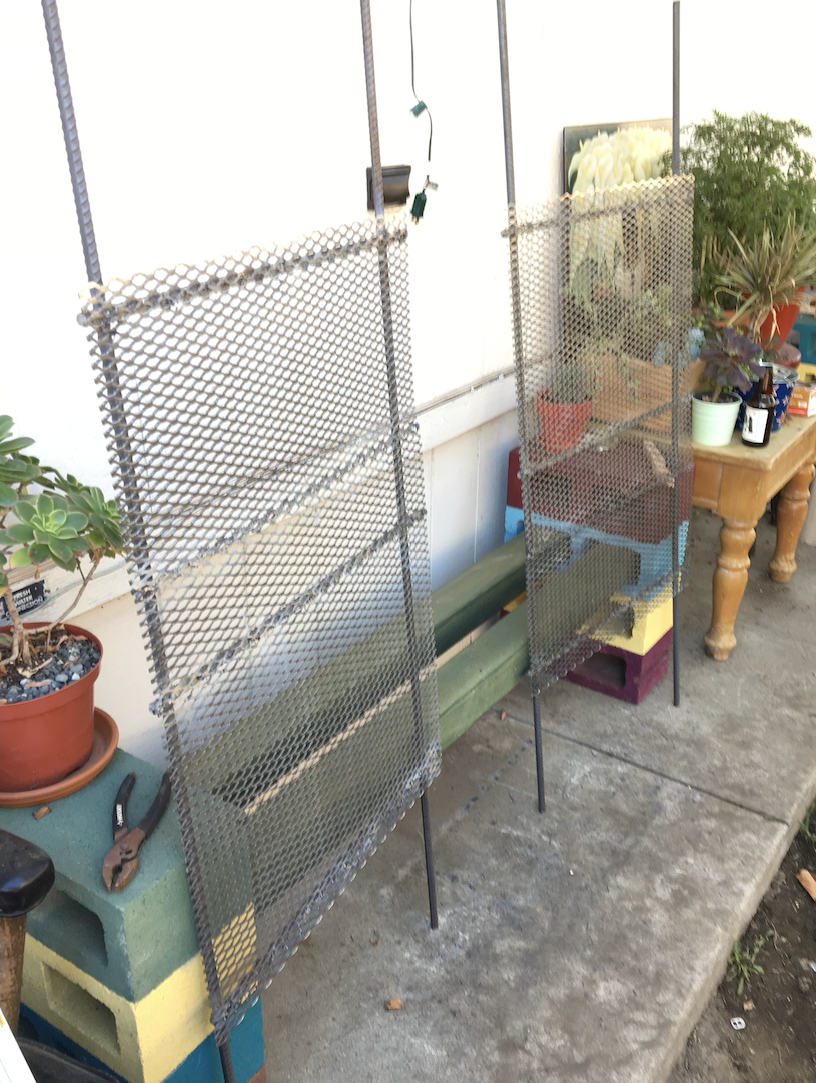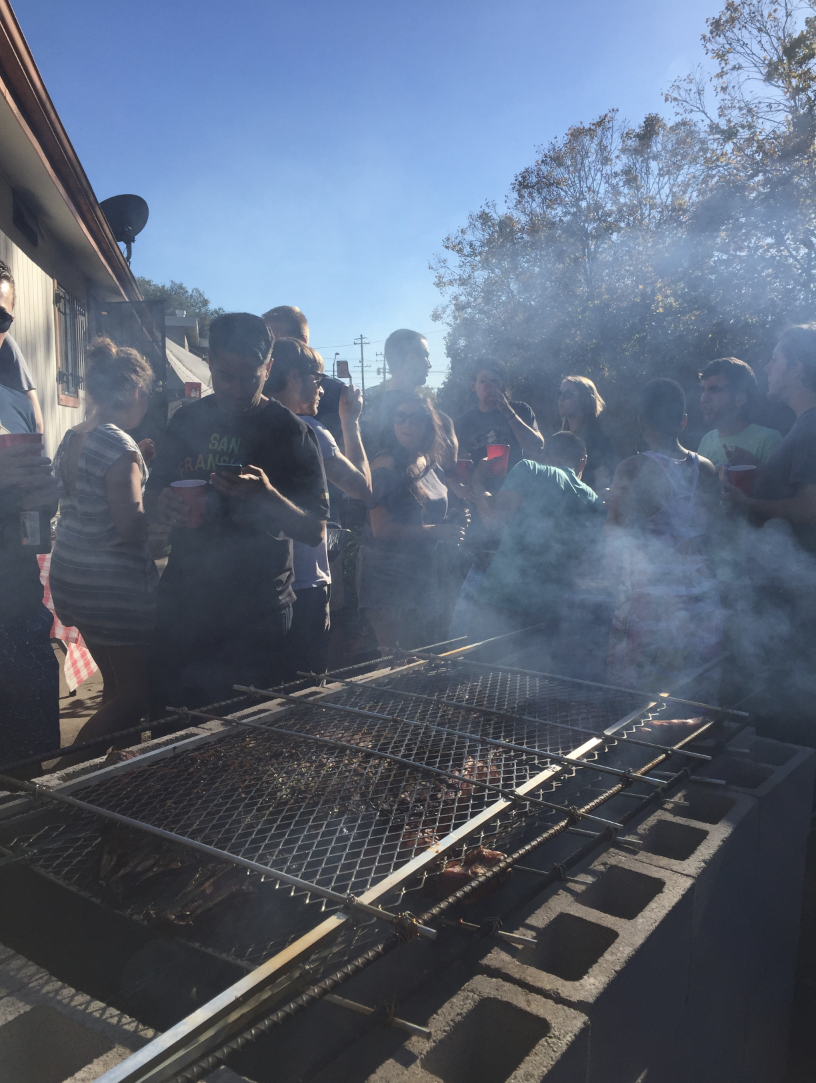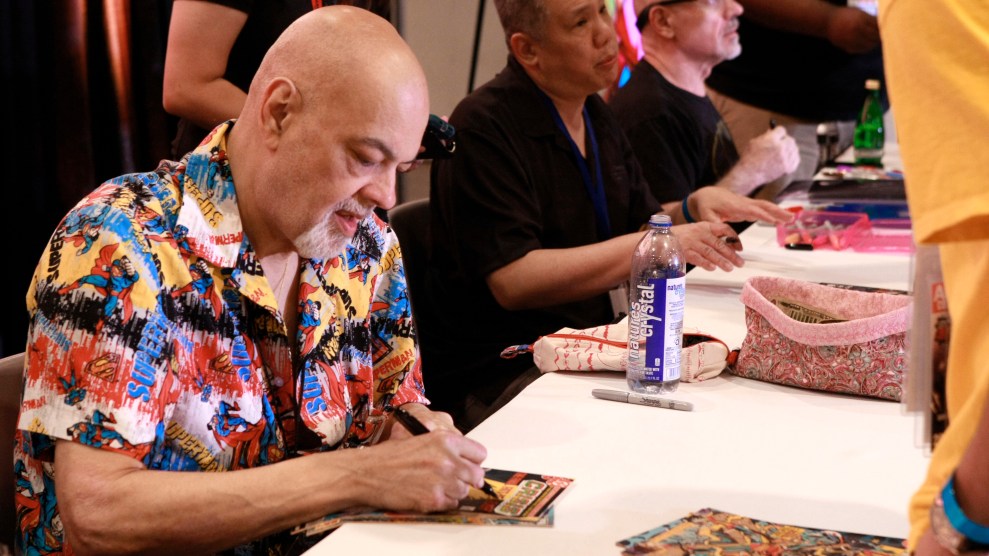Before the pandemic, for my birthday each year I’d roast a whole lechon in my Oakland yard and invite anyone I could to help eat it. It’s an odd tradition, but many Filipinos celebrate their birthdays by being the ones to treat their friends and family at the celebrant’s expense. For a social introvert like me, holding a pig roast turned out to be a smart move because I was able to gather all of my favorite people in the same place while being too busy roasting a pig to talk for too long. And if I got to share with them a little taste of home, even better.
I’d like to say I began roasting whole pigs out of a desire to share the food customs of my people. I’ve grown prouder of being Filipino as I’ve grown older, but it wasn’t always easy. Growing up in areas where Filipinos weren’t so common, I was bullied for many, many things, and the Filipino food my mom sometimes packed for school lunch was one of them. On those days I’d need to look for isolated corners of the schoolyard just so I could eat my chicken adobo and garlic rice without classmates pointing, staring, and running away because they didn’t know any better. I remember being so embarrassed one time by how the sinigang in my packed lunch smelled that I snuck out before eating to throw it away so no one would know it was mine.
Even today, as Filipino cuisine hits more levels of mainstream, there’s a mix of pride and saltiness in me that the food I was once teased for, that I was forced to hide in the shadows, was now becoming trendy. It’s hard to know how to feel when Rachael Ray decides to put her own strange twist on a Filipino classic, when at the end of the day it still helps bring awareness to Filipino food as a whole. In some ways roasting a pig resolves that tension, to be part of this arrival and bring it full center in my own world, on my own terms.
The truth is I actually began roasting pigs because someone said I couldn’t. It was a dream I’d casually talked about with friends, until someone I barely knew told me it was impossible, that it was too much work and so far from his norm that it wasn’t worth doing. Little did that long-forgotten person know that aside from pork, aside from karaoke and Catholicism, another Filipino pastime is a stubborn resolve to prove people wrong about them. I didn’t know the first thing about roasting a pig, and I was very young when I’d last experienced one in the Philippines, but our national hero, Jose Rizal, taught us Filipinos that we are capable of literally anything and everything. (Aside from being a revolutionary writer, he was a biologist, ophthalmologist, painter, and fencer, as well as a fluent speaker of 22 languages.) With a little hater juice to fuel us, not even the colonial Spanish could keep us down.
It turned out roasting a pig is quite a labor of love, and I couldn’t just roast it the way I’d wanted: on a spit over fire with an apple in its mouth while friends took turns spinning it. The best way to cook a pig evenly, I found out, is to spatchcock it like you would a chicken. (It also turns out butchers don’t have whole pigs on hand, and that first time I luckily snagged an order with the local butcher just in time for pig day.)



For each roast, I’d build an aboveground roaster from cement blocks, following wonderful advice from some folks in Miami, and wire together large grill plates and iron to sandwich the pig for roasting. I’d later learn to weld so the plates are more structurally sound. The pig needs to be marinated—I chose a citrus and oregano mojo, also from the Miami folks—in an ice tub overnight. Years later I learned to inject it with the marinade using a giant syringe, plugging holes with garlic and salting every crevice for a better roast. Roasting the same way each year didn’t feel right, and besides, I had something to prove. That guy whose name I can’t remember—I had to prove him wrong, or something.
On the big day, the pig would roast for almost eight hours, and each hour I’d pour fresh coal in. Guests trickling in were recruited to the kitchen to chop fruit, or if they were lucky they’d be pulled into rolling mountains of lumpia for the deep fryer. As the eight-hour mark grew near, I’d ask for help flipping the pig, removing layers of brick, and cranking the heat, the secret to perfect crackling. With guests hungrier by the hour, the cooked pig then needed to rest (in plain view) for a torturous few minutes. After it rested, I’d stand at a station with a big cleaver, thick rubber gloves, and an apron, and hack gleefully away at pig meat while filling the plates of people lined up. Dogs milled about the table and under plates, looking to score. Laughter, singing, slurps, Beyoncé, and the haze of Oakland fall would fill that street well into the early evening.
As the roast wound down and only my closest friends remained, I’d sit somewhere in the yard with them, quietly content as they talked around me, eyes rested on the dull embers of the pit growing fainter with the night.


Jayo Miko Macasaquit is Mother Jones’ human resources director. Share comments and Recharge story tips at recharge@motherjones.com.

















